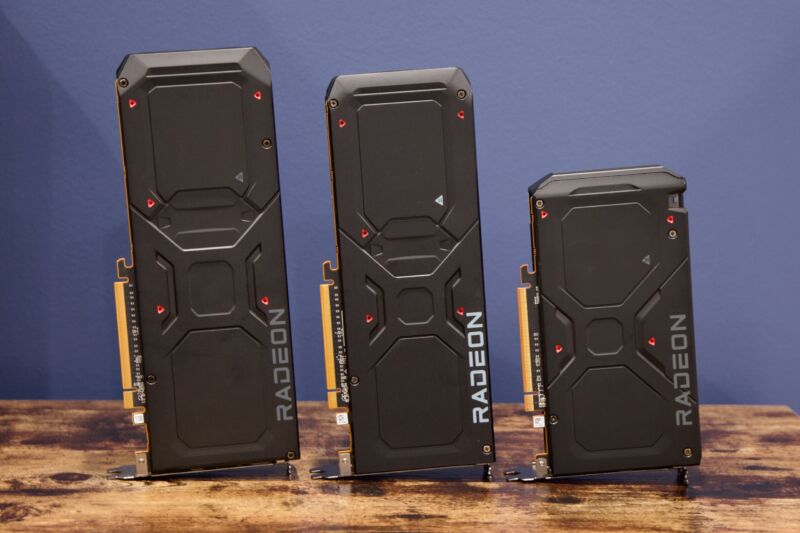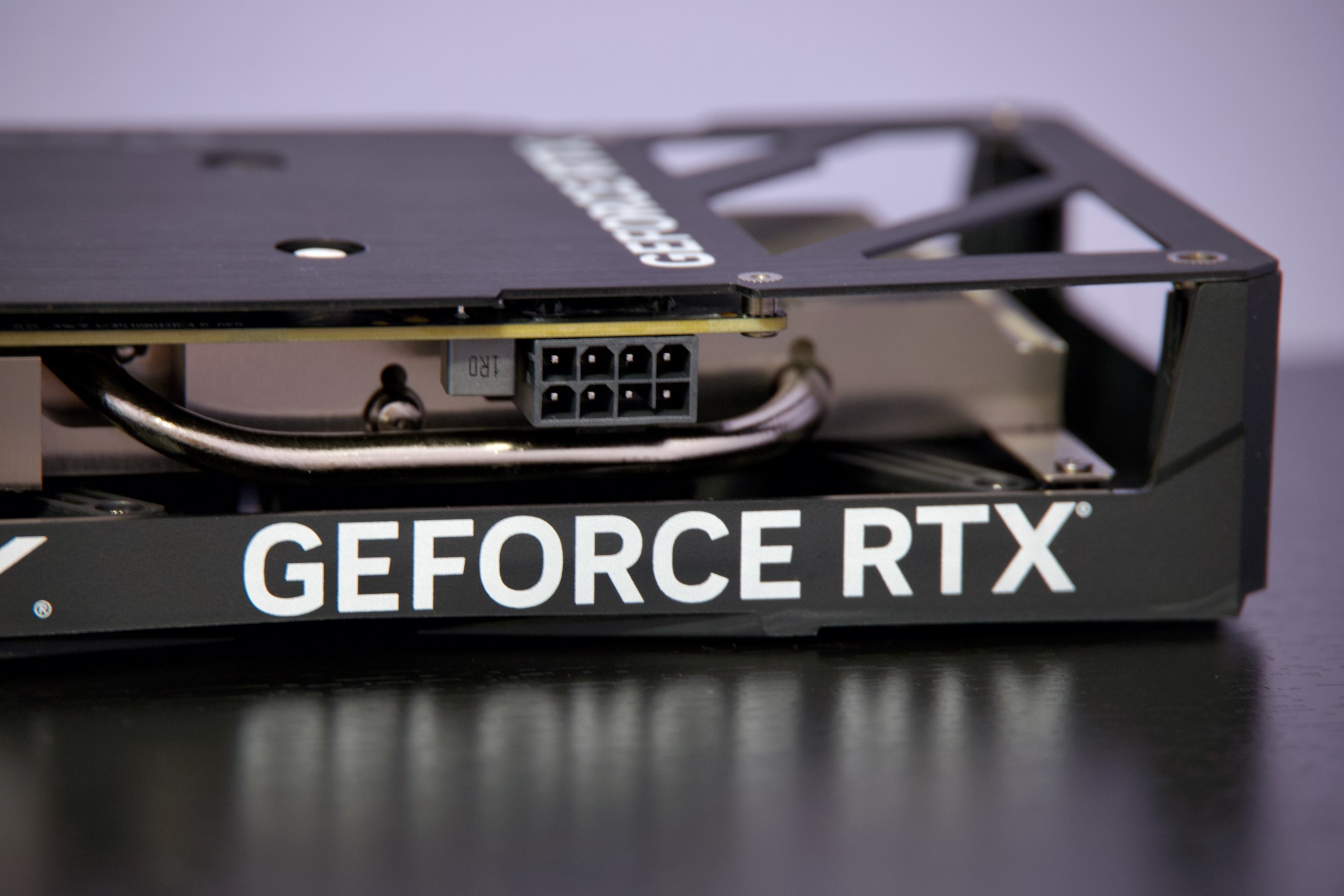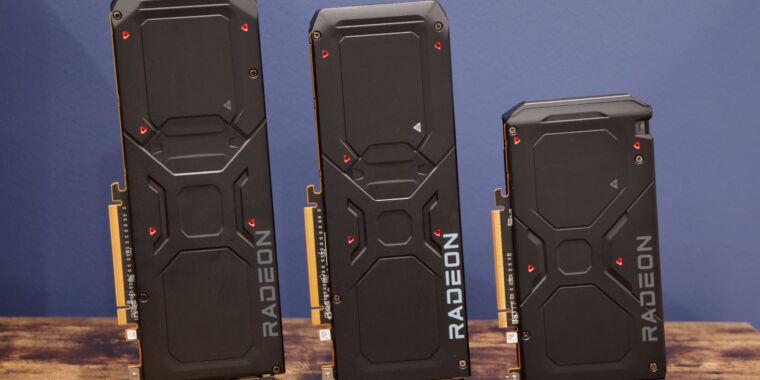[ad_1]

Andrew Cunningham
Two big things have happened since we last updated our PC build guide in the spring. First, we got a batch of late-spring and summer midrange GPU launches, including AMD’s Radeon RX 7600, 7700 XT, and 7800 XT, plus Nvidia’s GeForce RTX 4060 and 4060 Ti. Second, Bethesda’s Starfield finally dropped, prompting a whole bunch of people to ask, “Can my PC run Starfield?”
Starfield isn’t an exceptionally demanding PC game, at least not by the standards set by buggy PC ports like The Last of Us. But it will give any PC more than 3 or 4 years old a serious workout, and it should serve as a decent yardstick for building a PC that can run this console generation’s games fairly well.
Starfield for PC and Xbox
This guide will focus on just minor tweaks to our spring PC builds, since other component pricing hasn’t changed much and there haven’t been major CPU introductions since then (Intel’s don’t-call-them-14th-generation Core processors may be out within a few months, but on the desktop they’ll be a mild refresh of 13th-gen, which was already a mild refresh of 12th-gen).
For the low-end GPU-less budget box and the high-end RTX 4090-toting “God Box,” refer back to that guide. That piece also has a few notes on component selection that we won’t repeat here. And for each of our recommended builds, we’ll give you a few alternate options you could choose based on what you want to prioritize.
The budget gaming PC

The RTX 4060 is a good jack-of-all-trades GPU for a budget gaming build.
Andrew Cunningham
What it’s good for: General-purpose computing, plus solid 1080p gaming performance in most titles.
What it sucks at: High-frame-rate or greater-than-1080p gaming in newer games, anything that benefits from tons of CPU cores.
Cost as of this writing: $776
The first rule of building a budget gaming PC is to cut costs where you can so you can plow more money into the GPU; to that end, we’ve stuck with an older processor, a low-frills motherboard and case, and a modest complement of memory and storage. Intel’s socket 1700 platform and its support for DDR4 memory also keep costs down relative to an AMD socket AM5 system.
While still under $800, the cost of this system has gone up a bit since the spring, mainly driven by a GPU upgrade from an AMD RX 6650 XT. A GeForce RTX 4060 is a reliable performer with outstanding power efficiency. AMD’s Radeon RX 7600 ($270-ish) does trade blows with it when ray-tracing effects are turned off, but its ray-tracing performance is borderline unusable in games with heavy effects where the RTX 4060 can eke out playable frame rates (particularly with DLSS on). It’s a well-rounded and not-too-expensive GPU that will play just about anything you throw at it.
YouTubers and Redditors indicate that busier Starfield landscapes can all run at something approaching 60 FPS on the 4060, using medium settings and a 1080p resolution. Using that DLSS mod for the game ought to buy you either a smoother frame rate or a bump up in quality settings, and hopefully both the game and Nvidia’s drivers can be further optimized to squeeze out more performance, too.
If you don’t care about ray tracing or DLSS, the RX 7600 is a valid option. If you’re looking to play Starfield specifically, testing at outlets like Tom’s Hardware shows that the game favors AMD’s GPUs right now, and AMD is running a promo with 6000- and 7000-series GPUs until the end of September that will get you Starfield for free. Avoid the 4060 Ti; the regular 4060 is 80 or 90 percent as fast for 75 percent of the money, making it a relatively poor value.
[ad_2]
Source link












































